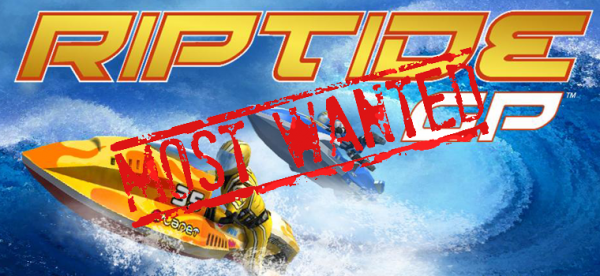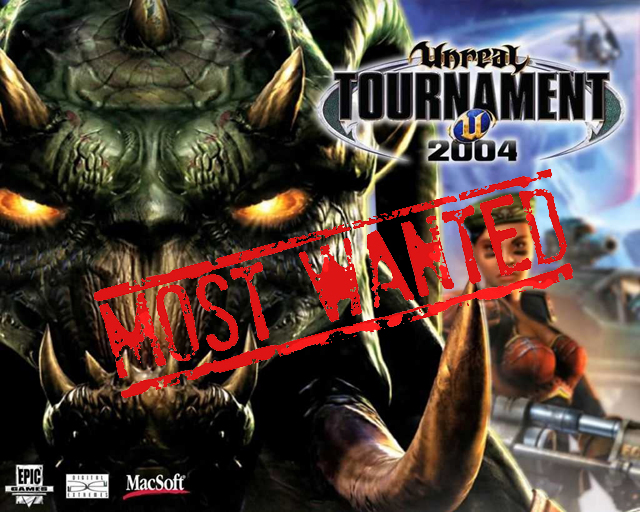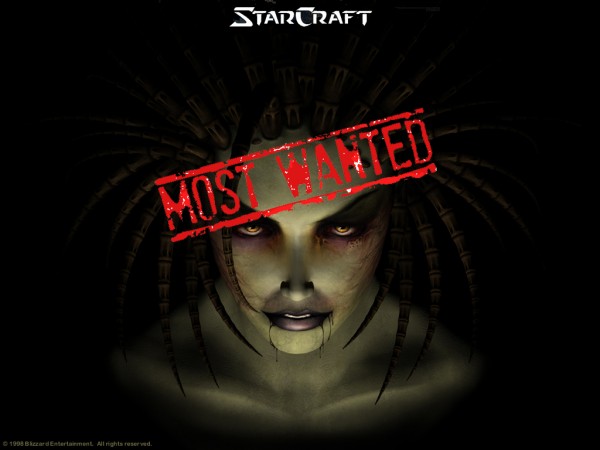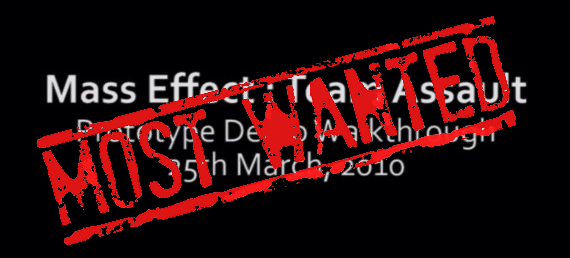 14 years ago
14 years ago
XBLA’s Most Wanted: Mass Effect Team Assault
While the world cries in pain over the “varied” endings in Mass Effect 3 we were given yet another little jab to the heart. During development of ME3 Bioware Montreal was working on a competitive first person shooter in the Mass Effect universe. The idea was eventually transformed into the multiplayer mode found in Mass Effect 3, but we think the idea of a multiplayer-based game in the universe is utterly brilliant.
For the curious with an iPad you can download the app The Final Hours of Mass Effect 3, which chronicles Team Assault and several other goodies. You’ll even find test footage of the game. We think it’d work amazingly well as an Xbox Live Arcade game. Think about it, as Battlefield 1943 is to the Battlefield series, so could Team Assault be to Mass Effect.
With a few changes, anyway. . .
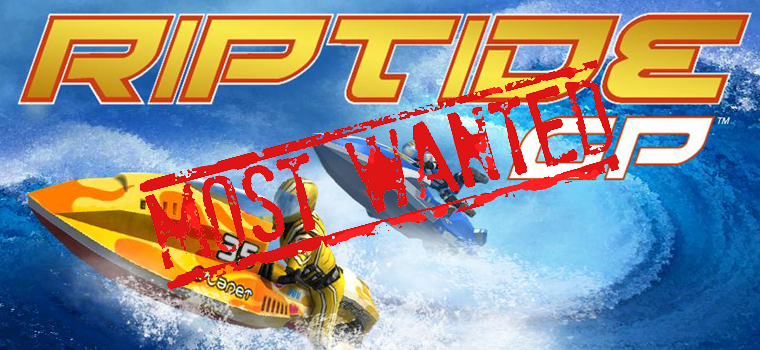 14 years ago
14 years ago
XBLA’s Most Wanted: Riptide GP
Riptide GP. It was the flagship game for NVidia’s Tegra 2 chip on Android devices, and the second release from Hydro Thunder Hurricane developer Vector Unit. Having gained footing as a developer with Hydro Thunder, Vector Unit took the opportunity to go indie and put their amazing water engine to use on mobile devices. The result is something that is truly one of the best mobile gaming experiences to date.
The game is essentially a futuristic jet ski racer. Like the now-aged Wave Race 64 water physics play an important role, but instead of canned water, Riptide uses a dynamic system. Jet skis produce wakes, which in turn change up the way you have to race. The environments are over-the-top, just like another classic favorite, Jet Moto. With racers a dime a dozen it takes something special to stand out–something that keeps you coming back. Riptide GP has it in strides.
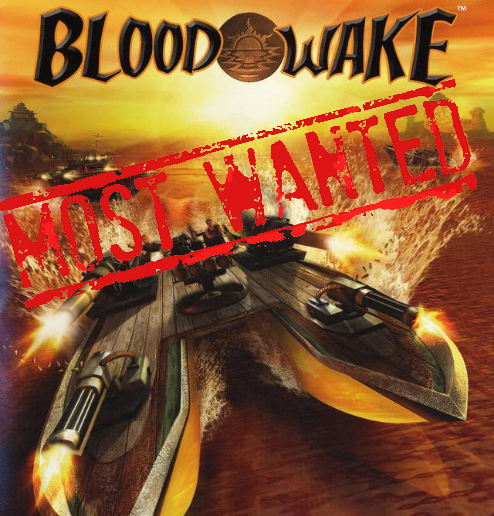 14 years ago
14 years ago
XBLA’s Most Wanted: Blood Wake
Back in the winter of 2001 eager gamers stood in the cold overnight in anticipation of getting their hands on Microsoft’s first console, the Xbox. They took their new console home along with their selection of about a dozen launch titles. About a month later a second wave of games were released, among them was Stormfront Studios’ Blood Wake. It was an innovative title that focused on combat on the open waters. Like many titles from that time the plot had a certain amount of cheese factor, but somehow was still incredibly satisfying. But the real gem was the water physics, something ahead of its time.
Funny thing is, without Blood Wake we wouldn’t have Hydro Thunder Hurricane. See, Stormfront housed the brains and brawn behind Vector Unit, Hurricane‘s developer. Ralf Knoesel and Matt Small both worked on Blood Wake as a programmer and artist, respectively. Knoesel designed the water simulation which became one of the building blocks for the system in Hurricane. These guys have a special place in their heart for this little gem, and there are a lot of good reasons why.
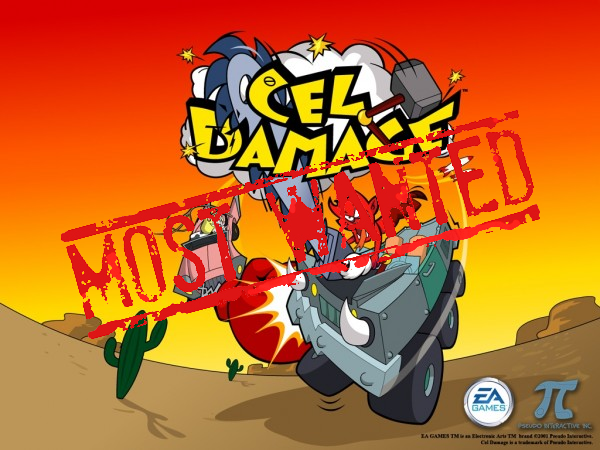 14 years ago
14 years ago
XBLA’s Most Wanted: Cel Damage
Meat cleavers, a harpoon, shrink ray, a bottomless hole generator, and a massive shredding lawn mower; what do these things have in common? They’re just a few weapons of the incredibly strange arsenal featured in GameCube and Xbox hit, Cel Damage. Drive around big open arenas, pick up weapons, unleash all insanity and manner of projectile and melee destruction on your opponents and hope you come out on top; these are things Cel Damage loves to do and does well. This demolition derby is one to take lightly, as it’s even more hectic than some of the most random of kart racers, especially when all four players are tearing up the couch together.
Cel Damage is all about destruction, demolition and chaos. Players compete across a few different modes including a flag capturing mode where a certain amount of flags must be delivered to a point to score, a gate-based race mode, and the infinitely replayable “smack attack” mode where players beat the chassis out of each other to score points. Each character has their own vehicle with its own statistics and feel to it as well as a special weapon.
 14 years ago
14 years ago
XBLA’s Most Wanted: What’s yours?
We still have a two more XBLA’s Most Wanted features waiting in the wings for Christmas Eve and New Year’s Eve, but we thought we’d take a minute and ask you, the everyday gamer, what your number one XBLA game wish is. Remember to be realistic–we aren’t going to see any Super Mario games on XBLA–but have fun with it. Who knows, you just might have your favorite game featured in a future Most Wanted column, and if you do you’ll have all of your wildest dreams come true.
If you need a refresher, hit the jump to take a look at all of the games we’ve featured this year. If a game seems interesting to you, be sure to comment on it. We can’t guarantee it’ll come to XBLA, but we do know that developers and publishers frequent forums and journalistic sites looking for what the fans want.
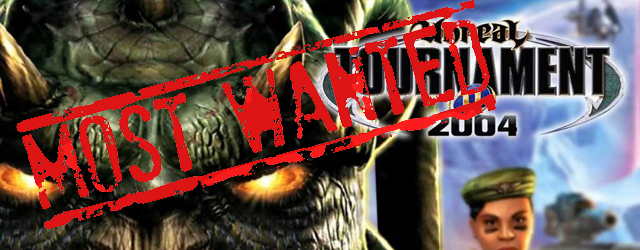 14 years ago
14 years ago
XBLA’s Most Wanted: Unreal Tournament 2004
Ahhh Unreal Tournament. The Quake killer. The time sinker. The first worthwhile shooter that didn’t have some over-the-top story. It was just you, a gun, and an agenda. There were no worlds to save, no personal vendetta, just the tournament–the Unreal Tournament. And 1999’s success story was followed up multiple sequels and even a console spinoff, the Unreal Championship series. To most the culmination of UT hit with Unreal Tournament 2004. Sure, 2007’s Unreal Tournament 3 was great, but it went up against the likes of Halo and Call of Duty. It’s not surprising it didn’t float.
That’s why today we set our hopes on a digital UT2004. Xbox Live Arcade is a unique beast; a game can be successful on gameplay alone. It’s a place where flashy graphics are nice, but not necessary. And more importantly, it’s digital. That means people won’t be trading the game in as soon as they get bored. They’ll put it aside for a bit and come back to it once a week or so. And that, my friends, means a persistent community.
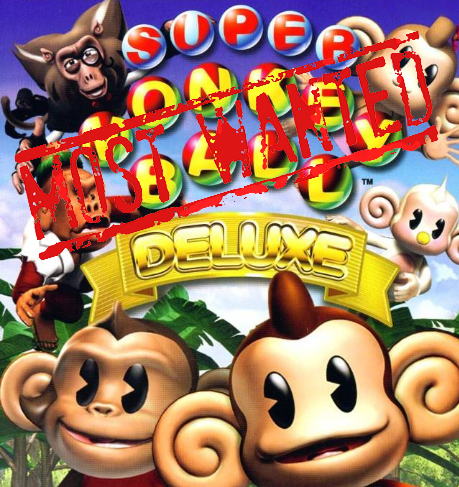 14 years ago
14 years ago
XBLA’s Most Wanted: Super Monkey Ball Arcade
So many of us still mourn the delisting of Marble Blast Ultra. It was one of the classic greats of Xbox Live Arcade, and still has no equal in its genre. Those who missed out may never know the joy of the marble genre. There’s something about feeling the weight of the marble in your thumbstick while trying to navigate stupidly hard (read: extremely hard) levels.
The Super Monkey Ball series is a different spin on the same idea. Instead of controlling the marble (in this case a monkey inside a clear ball) players have control of the game world. The left thumbstick tilts the world in a given direction, then gravity does the rest. Super Monkey Ball Deluxe added several fun minigames such as soccer and bowling. Super Monkey Ball Arcade would take all of those ideas and…well, roll with them.
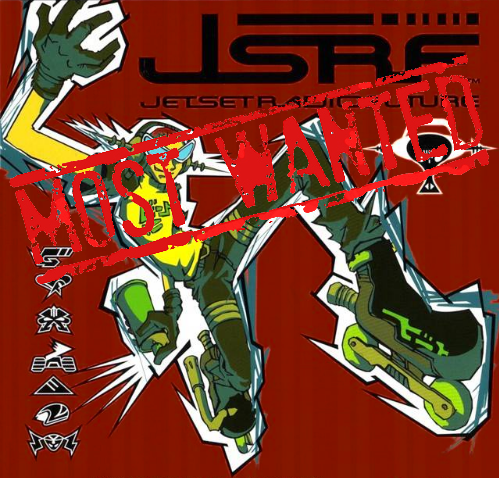 14 years ago
14 years ago
XBLA’s Most Wanted: Jet Set Radio Future
Culture is everywhere, it’s in the government propaganda, in the abrasive security details, in the greyness and ubiquity of society… oh, wait, no it’s not. That is, until DJ Professor K and Jet Set Radio bring back the funk in a rude way. Strap on your roller blades and attack Japan, strike back at the oppressive government, fight the monotony, tag over the propaganda and bring back freedom and love to society in Jet Set Radio Future.
That is, if you have the original Xbox. In fact, if you do, you probably have this game or did at one point (maybe you got it combined with Sega GT 2002) as it was one of its very early releases and to this day one of the most unique. Players take on the streets of Japan with their crew of oppression-fighting freestyle rollerbladers, defeating area security, tagging the town, and dissolving violent gangs from the dark corners of Japan in an effort to bring back the freedom of expression. With plenty of different levels, challenges, hidden collectibles and a decent multiplayer Jet Set Radio Future (JSRF) was a robust title considering its rather niche gameplay style.
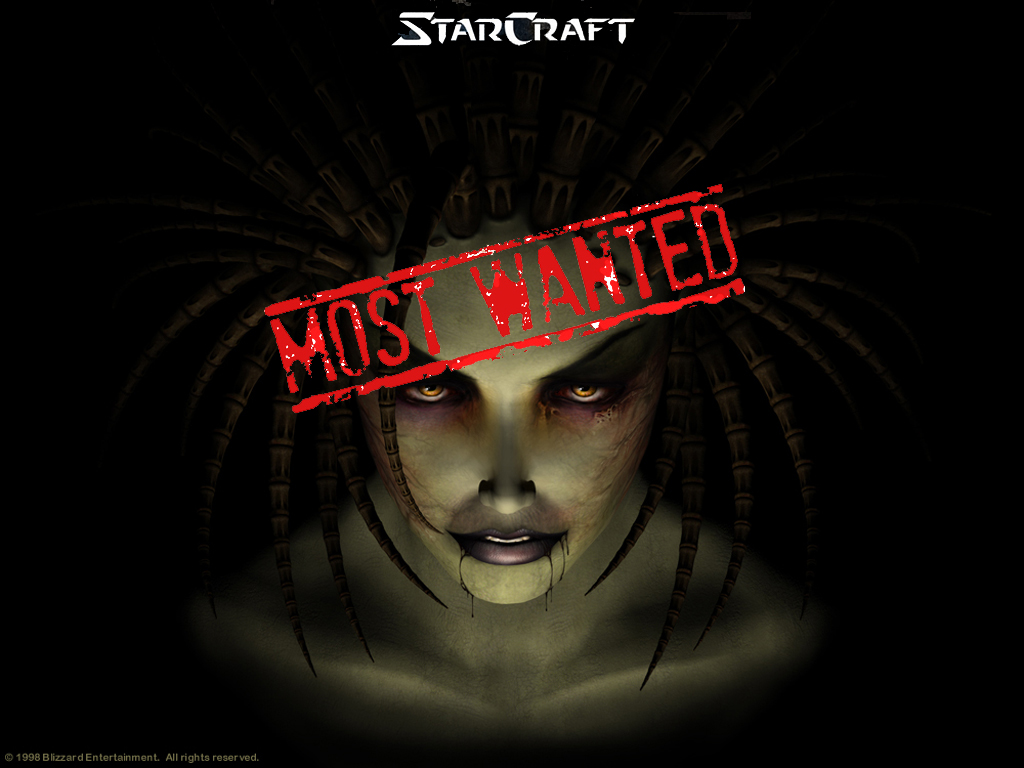 14 years ago
14 years ago
XBLA’s Most Wanted: StarCraft
The real-time strategy genre is a category that has always eluded consoles. Every once in a while a developer will try to make an RTS game work with a controller. From time to time, it does work. Halo Wars for the Xbox 360 and Pikmin for the GameCube come to mind. But for some reason, real-time strategy games just haven’t been refined enough on consoles and the genre hasn’t taken off. Barriers such as the transition from mouse and keyboard to controller are often cited as the reason why.
Blizzard Entertainment is one of the few developers in the world, who never misses a beat. Every single thing they release is pure gold. They take care of their franchises, and they take their time to make sure that they release the best games possible. That is why I’m calling on Blizzard to be the ones to finally break open the real-time strategy market for consoles, by releasing the original StarCraft on Xbox Live Arcade.
 14 years ago
14 years ago
XBLA’s Most Wanted: Need for Speed Challenge
The Need for Speed series seems to be taking a different direction than the one many of us are used to. It’s grittier, more realistic–a far cry from the arcade goodness of games like Hot Pursuit 2 and Most Wanted. While a lot of people have bought in on this it’s still a direction that just as many folks aren’t happy about. Look on forums, in YouTube comments, etc. People are clamoring for the pre-ProStreet games to make a comeback.
That’s why we’ve come up with a synergistic solution: a new title that utilizes older game assets: Need for Speed: Challenge. It’s been done with Need for Speed: World, a MMO racing game that’s exclusive to the PC. It merges the cities from Most Wanted and Carbon together and provides an open-world, role playing-racing experience. Challenge would be something similar: all of the Micheal Bay story elements stripped out. Yep, it’s just raw, adrenaline fueled racing. The difference is that Challenge wouldn’t be an MMO. Rather than a persistent-world game, it would be a single player free roam racer with multiplayer race events.


